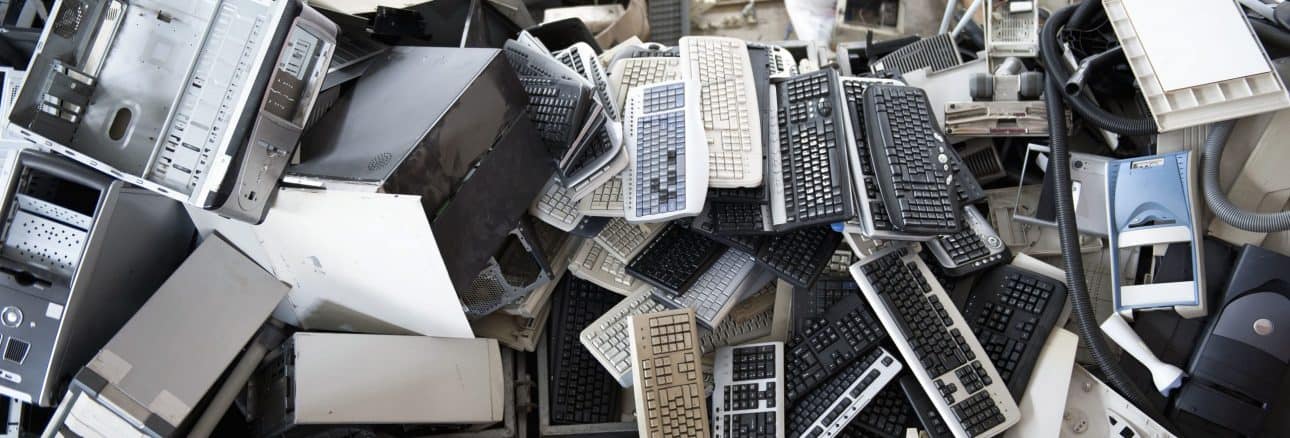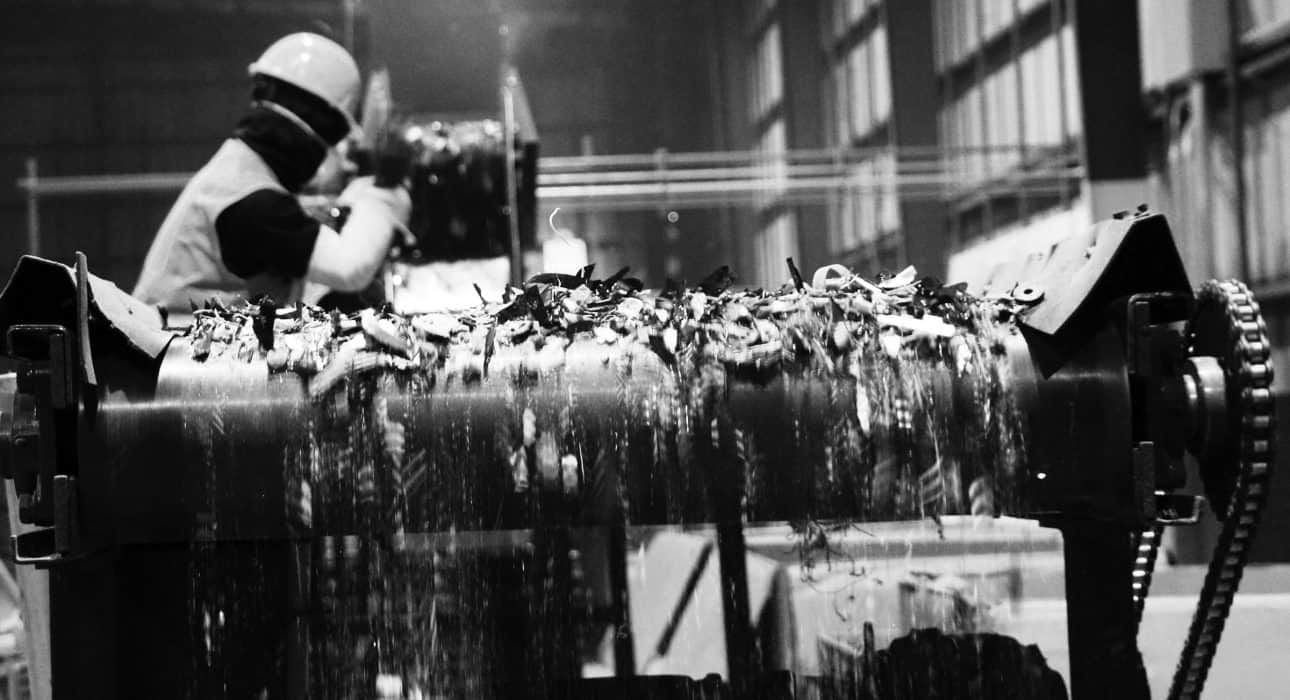Recycling Can Also Help Fill the Magnet Rare Earth Gap
As magnet rare earth prices rise and supplies become increasingly scarce through the second half of the decade, cerium, lanthanum and terbium will help fill the gap
As we noted in a recent insight, as magnet rare earth prices rise and supplies become increasingly scarce through the second half of the decade, we project that magnet alloy and powder manufacturers will increasingly use cerium, lanthanum and terbium to help fill the gap.
Recycling can also make a substantial contribution to global supply
A greater global effort to recover and recycle magnet rare earths from end-of-life devices can also play a meaningful role in helping to satisfy demand in the years ahead.
For example, our analysis projects that in 2030 alone, upwards of 90,000 tonnes of NdFeB magnets will be entering waste streams globally; 4,500 tonnes from end-of-life wind turbine generators, 4,500 tonnes from end-of-life EV traction motors, 35,000 tonnes from end-of-life consumer electronics, 10,000 tonnes from end-of-life consumer appliances, 10,000 tonnes from end-of-life cordless powertools and upwards of 35,000 tonnes more from a long list of other end uses and applications.
If just 5 to 10% of the NdFeB magnets entering waste streams globally each year by 2030 could be viably recovered and recycled it would make a substantial contribution to global supply.
For more information, check out our latest report, titled “Rare Earth Magnet Market Outlook to 2030”. This report is a must-read for anyone with a professional interest in the rare earth and permanent magnet industries.
Rare Earth Magnet Market Outlook to 2030

Comprehensive deep dive into the market for NdFeB alloys, powders, magnets and the rare earths they contain
In this report, we provide a detailed overview of the global NdFeB alloy, powder, magnet and magnet rare earth markets, including a historical breakdown of production, consumption, prices and inventory levels from 2015 through 2019. Next, we unravel the anticipated near-term impact of the COVID-19 pandemic on world markets and forecast global supply, demand and prices from 2020 through 2030.
After growing at a CAGR of 6.4% from 2015 through 2019, we forecast that global consumption of NdFeB alloys and powders will drop by 9.3% in 2020 on account of the ongoing negative effects of COVID-19 on demand for everything from EV traction motors to micromotors and sensors, wind power generators, consumer appliances, cordless powertools and dozens of other end-uses and applications.
However, with the ongoing re-opening of key demand markets through the end of 2020 and into 2021, we expect demand for most end-uses and applications to rebound strongly in 2021 and 2022 and thereafter rise steadily through the end of the decade and beyond.
Among the findings of our analysis:
Market for Magnet Rare Earth Oxides to Increase Five-Fold by 2030: With total magnet rare earth oxide demand forecasted to increase at a CAGR of 9.7% and prices projected to increase at CAGRs of 5.6% to 9.9% over the same period, Adamas Intelligence forecasts that the value of global magnet rare earth oxide consumption will rise five-fold by 2030, from US $2.98 billion this year to US $15.65 billion at the end of the decade.
Annual NdFeB Shortages of 48,000 Tonnes Expected by 2030: Constrained by an expected under-supply of neodymium, praseodymium and dysprosium oxide from 2022 onward, Adamas Intelligence forecasts that global shortages of NdFeB alloy and powder will amount to 48,000 tonnes annually by 2030 – roughly the amount needed for some 25 to 30 million electric vehicle traction motors.
Annual NdPr Oxide Shortages of 16,000 Tonnes Expected by 2030: Constrained by a lack of new primary and secondary supply sources from 2022 onward, Adamas Intelligence forecasts that global shortages of neodymium, praseodymium and didymium oxide (or oxide equivalent) will collectively rise to 16,000 tonnes in 2030, an amount equal to roughly three-times Lynas Corporation’s annual output, or three-times MP Materials’ annual output, of neodymium and praseodymium oxide (or oxide equivalents).
Back to overview


